Nunataks are isolated peaks of rock that protrude above the surface of a glacier or an ice sheet. These remarkable geological features are often the only visible parts of mountains that are otherwise buried beneath vast expanses of ice. Nunataks serve as important landmarks for scientists studying glaciers and ice sheets, as well as unique habitats for hardy plant and animal species that can survive in these extreme environments.
Nunataks are formed through a combination of glacial erosion and the resistance of certain rock types to weathering. As glaciers flow around these resistant peaks, they carve out the surrounding landscape, leaving behind the nunataks as isolated islands of rock in a sea of ice. The word “nunatak” comes from the Inuit language, meaning “lonely peak.”
In this article, we will explore the top 12 largest nunataks in the world, showcasing their unique characteristics, locations, and the role they play in the study of glaciology and ecology.
Mount Kirkpatrick
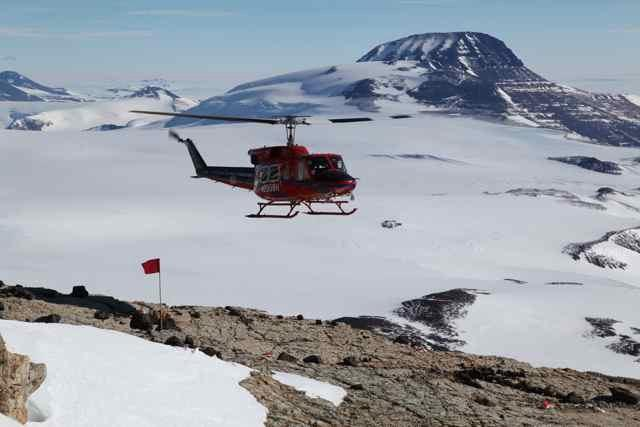
Mount Kirkpatrick, located in the Transantarctic Mountains of Antarctica, is the largest known nunatak in the world. This massive peak rises to an elevation of 4,528 meters (14,856 feet) above sea level and stands approximately 1,000 meters (3,280 feet) above the surrounding ice sheet. Mount Kirkpatrick is composed primarily of sandstone and shale, which have withstood the erosive forces of the East Antarctic Ice Sheet for millions of years.
The nunatak is named after a Scottish mountaineer, Robert Kirkpatrick, who was a member of the British Antarctic Expedition of 1907-1909. The mountain’s remote location and extreme weather conditions make it a challenging destination for researchers and mountaineers alike.
Dufek Massif

The Dufek Massif is a large nunatak located in the Pensacola Mountains of Antarctica. This impressive geological feature is approximately 60 kilometers (37 miles) long and 30 kilometers (19 miles) wide, making it one of the largest exposed rock formations on the continent. The highest peak in the massif, Davis Valley, reaches an elevation of 2,700 meters (8,860 feet) above sea level.
The Dufek Massif is composed of layered intrusions of gabbro and pyroxenite, which are igneous rocks formed from cooled magma. These rocks are estimated to be around 180 million years old and provide valuable insights into the geological history of Antarctica.
Mount Marcus Baker
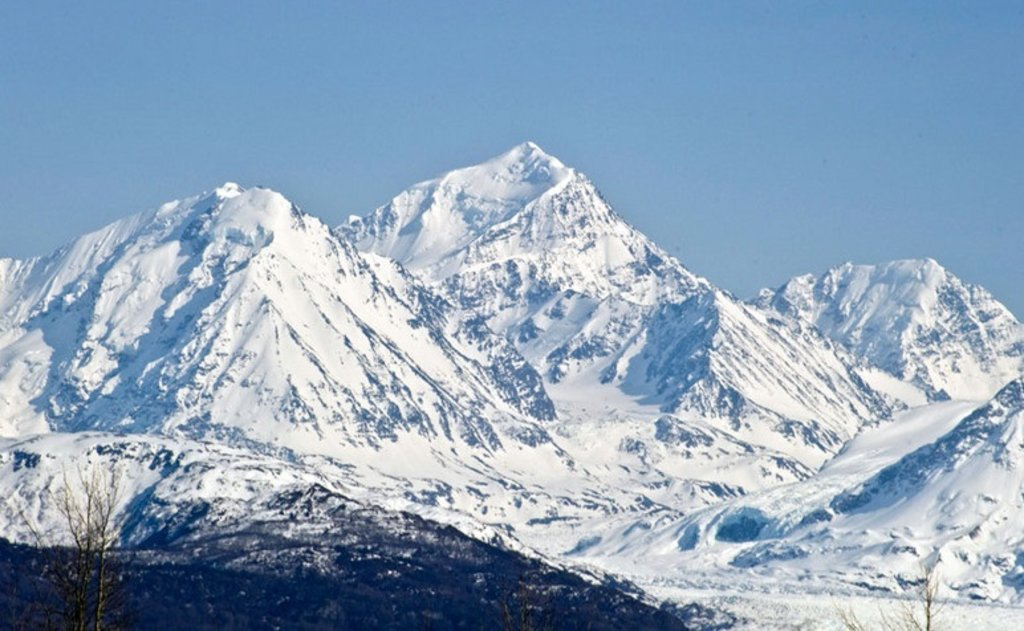
Mount Marcus Baker is a prominent nunatak located in the Chugach Mountains of southern Alaska. With a summit elevation of 4,016 meters (13,176 feet), it is the highest peak in the Chugach Range and one of the largest nunataks in North America. The mountain is named after Marcus Baker, a cartographer who worked for the U.S. Geological Survey in the late 19th century.
The nunatak is surrounded by the Knik Glacier and the Matanuska Glacier, two of the largest glaciers in Alaska. Mount Marcus Baker’s rugged, ice-carved slopes and challenging climbing routes make it a popular destination for experienced mountaineers.
Mount Fairweather

Mount Fairweather is a nunatak situated on the border between Alaska and British Columbia, Canada. This impressive peak rises to an elevation of 4,671 meters (15,325 feet) above sea level, making it the highest point in British Columbia and one of the tallest mountains in North America.
The mountain is part of the Fairweather Range, a subrange of the Saint Elias Mountains, and is surrounded by the Fairweather Glacier and the Grand Plateau Glacier. Mount Fairweather’s remote location, combined with its severe weather conditions and technical climbing routes, make it one of the most challenging nunataks to summit.
Mount Belohara
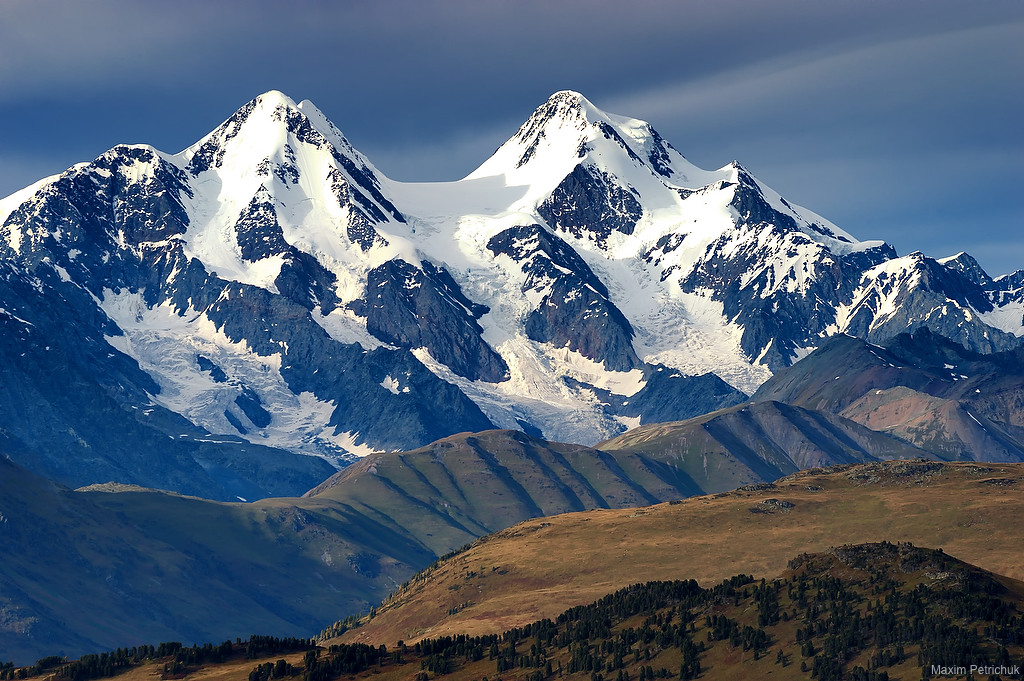
Mount Belohara is a nunatak located in the Prince Charles Mountains of East Antarctica. This peak rises to an elevation of 3,150 meters (10,334 feet) above sea level and stands approximately 1,000 meters (3,280 feet) above the surrounding Lambert Glacier, the world’s largest glacier.
The nunatak is composed of gneiss and schist, metamorphic rocks that have been subjected to intense pressure and heat over millions of years. Mount Belohara’s remote location and extreme climate conditions make it a rarely visited site, accessible only to well-equipped scientific expeditions.
Mount Jakobshavn

Mount Jakobshavn is a nunatak located in western Greenland, near the town of Ilulissat. This peak stands at an elevation of 1,234 meters (4,049 feet) above sea level and is surrounded by the Jakobshavn Glacier, one of the most active and fastest-moving glaciers in the world.
The nunatak is composed of ancient gneiss bedrock, which has been sculpted by glacial erosion over millions of years. Mount Jakobshavn serves as an important landmark for scientists studying the dynamics of the Jakobshavn Glacier and its response to climate change.
Gauss Tower
Gauss Tower is a distinctive nunatak located in the Queen Maud Mountains of Antarctica. This tower-like peak rises to an elevation of 2,680 meters (8,790 feet) above sea level and stands approximately 500 meters (1,640 feet) above the surrounding ice sheet.
The nunatak is named after Carl Friedrich Gauss, a renowned German mathematician and scientist. Gauss Tower’s unique shape and steep, ice-free slopes make it a recognizable landmark in an otherwise monotonous expanse of snow and ice.
Mount Sisu

Mount Sisu is a nunatak located in the Grosvenor Mountains of Antarctica. This peak reaches an elevation of 2,550 meters (8,366 feet) above sea level and stands approximately 800 meters (2,625 feet) above the surrounding glaciers.
The mountain is named after the Finnish word “sisu,” which refers to a combination of courage, determination, and resilience in the face of adversity. Mount Sisu’s remote location and challenging climbing routes make it a symbol of the tenacity required to explore and study the Antarctic environment.
Ulvetanna Peak
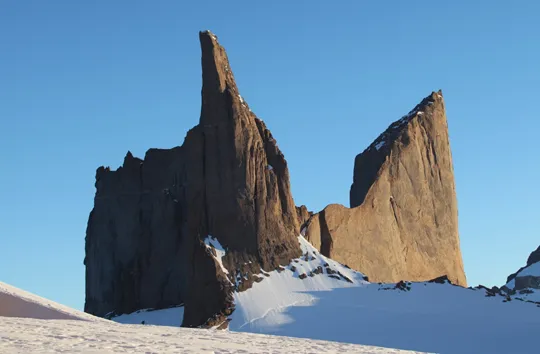
Ulvetanna Peak is a striking nunatak located in the Queen Maud Land region of Antarctica. This spire-like peak rises to an elevation of 2,930 meters (9,613 feet) above sea level and is characterized by its steep, almost vertical walls that stand in stark contrast to the surrounding ice sheet.
The name “Ulvetanna” comes from Norwegian, meaning “wolf’s tooth,” which aptly describes the peak’s jagged, tooth-like appearance. Ulvetanna Peak is a popular destination for experienced climbers seeking to test their skills on its challenging routes.
Eliassen Nunatak

Eliassen Nunatak is a nunatak located in the Antarctic Peninsula region, near the Larsen Ice Shelf. This relatively small nunatak rises to an elevation of approximately 200 meters (656 feet) above sea level and stands as an isolated rock outcrop in a sea of ice.
Despite its modest size, Eliassen Nunatak has gained significant attention due to its role in the study of Antarctic ecology. The nunatak serves as a refuge for a variety of hardy plant and animal species, including mosses, lichens, and nesting seabirds, which rely on its ice-free surfaces for survival.
Mount Takahe

Mount Takahe is a nunatak located in the Marie Byrd Land region of West Antarctica. This shield volcano rises to an elevation of 3,460 meters (11,352 feet) above sea level and is largely covered by the West Antarctic Ice Sheet.
The mountain is named after the Takahe, a flightless bird native to New Zealand. Mount Takahe’s summit area is one of the few exposed parts of the volcano, providing a rare glimpse into the geological history of the region. The nunatak also serves as a valuable site for studying the behavior and dynamics of the West Antarctic Ice Sheet.
Cumpston Massif
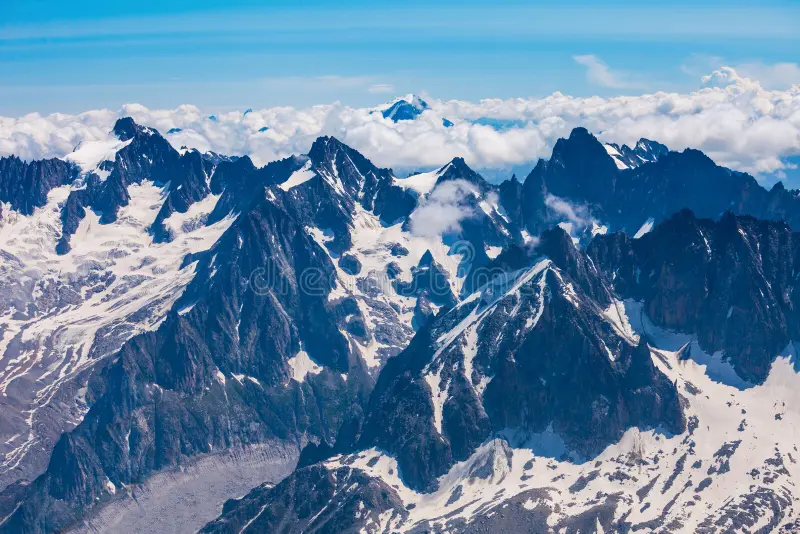
Cumpston Massif is a nunatak located in the Prince Charles Mountains of East Antarctica. This elongated rock formation extends for approximately 40 kilometers (25 miles) and reaches elevations of up to 1,500 meters (4,920 feet) above sea level.
The massif is named after John Stanley Cumpston, an Australian geologist who participated in early Antarctic expeditions. Cumpston Massif’s exposed rock surfaces provide valuable opportunities for studying the geological history of the region and the effects of glacial erosion on the landscape.
Conclusion
Nunataks are captivating geological features that offer a glimpse into the hidden world beneath the Earth’s ice sheets and glaciers. These isolated peaks serve as valuable landmarks for scientists studying glaciology, geology, and ecology, while also providing unique habitats for resilient plant and animal species.
The top 12 largest nunataks in the world showcase the diversity and scale of these remarkable formations, from the towering heights of Mount Kirkpatrick in Antarctica to the ecological significance of the smaller Eliassen Nunatak. As climate change continues to impact glaciers and ice sheets worldwide, nunataks will play an increasingly important role in understanding the complex interactions between ice, rock, and life in these extreme environments.
By exploring and studying these isolated peaks, scientists can gain valuable insights into the past, present, and future of our planet’s icy landscapes, as well as the resilience of life in the face of adversity.

